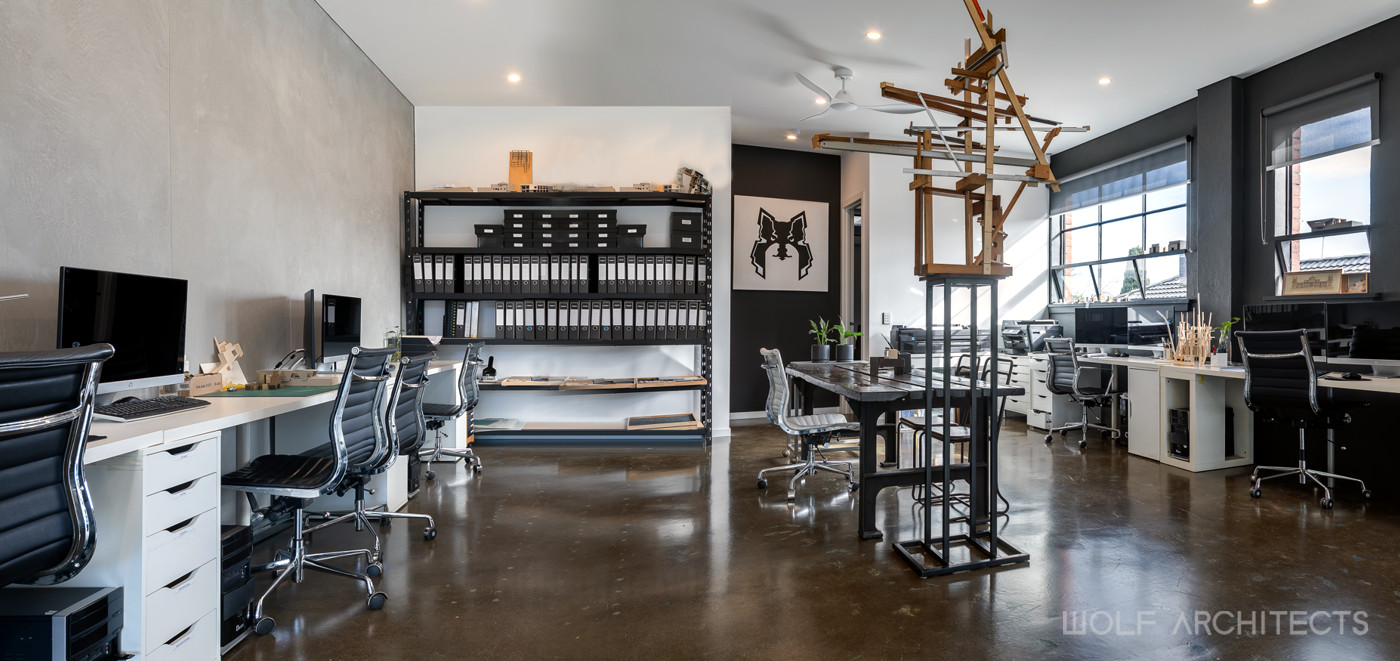To develop or not to develop?
When it comes to smaller building developments, Australia has a relatively slow conversion rate from project conception to completion. Some might say it’s the laid-back character of the Australian way, others might argue that it’s the stringent planning systems that restricts developers and architects from getting the most out of their projects.
The real issue here is defining what “the most” is in each project. The most important or most valuable aspects for each party involved rarely come together in perfect synergy. Developers who own the land believe it’s their right to do whatever they want on it. Planners are there to ensure that developments don’t impact negatively on neighbours and the overall context of the environment.
Sometimes stringent systems are a good thing, because they protect us and our environment. Our urban landscape is more beautiful than many other countries because of our planning system. Planners argue that developers need to be less greedy and more discerning about where they choose to invest. Why would you purchase a block in an area with stringent planning zones and then expect to break the rules?
Architects are expected by the developer to deliver a creative masterpiece that yields maximum profits, whilst complying with council requirements and getting it approved in the shortest possible time.
Developers demands for greater yields push boundaries and planning authorities react by continually introducing sticker regulations. That is why so many projects go through VCAT and the architect gets caught in the middle of the mess.
It’s a complex industry with many shifting goal posts. Throw in there the fact that architects want to be creative and there is no way to make an exact science out of building developments. Where the architect’s role was once just to come up with the best design possible and translate it through to construction, they now have vastly more complex roles that include being part psychologist, councillor, mediator and negotiator.
It’s fair enough for developers to demand profits, but an architect is not like a stock broker whose role is purely to speculate and seek the most profits for their clients. An architect can’t just focus only on the commercial gains of their clients, yet many are expected to. It’s either make your clients rich or don’t get the job. As a result of this, architects have had to reconsider their position in the industry. Some choose to reduce their services to drafting orders only and baring no responsibility. Others want a piece of the pie and turn into developers themselves. Those left in the middle struggle to find that balance between greed and stringent building codes.
At Wolf Architects our position is to always produce the best designs possible within all given constraints, but at the same time we have learnt to define our own boundaries between right and wrong. A line in the sand has to be drawn at some point and occasionally when a developer simply wants more for the sake of more we turn the job down. Perhaps it’s not smart business but it’s the right thing to do. We have developers to thank for many innovations that would never have come about if not for pushing the boundaries. As long as the outcome delivers happiness to the end user we are happy to go along. When our role ceases to deliver happiness because it’s just a “who cares”, design, it’s probably time to say “No”.


0 Comments